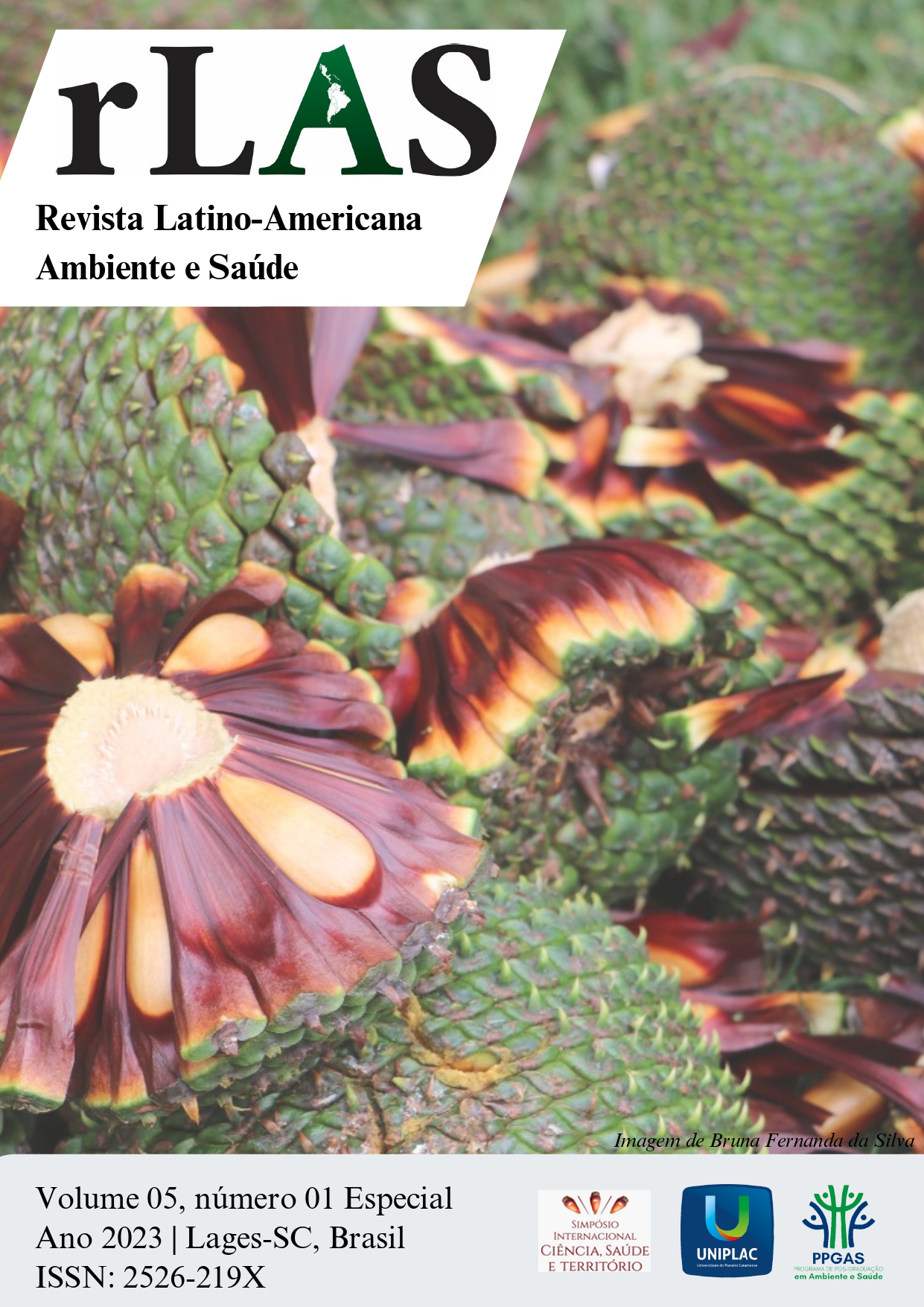Economic and financial evaluation of the implementation of a road effluent treatment station
Keywords:
Transport of waste, Treatment, EffluentsAbstract
Industrial effluents, sludge from septic tanks, oils and greases are transported daily by road
transport over long distances to the Effluent Treatment Station (ETS). The aim of the study
was to analyze the economic viability and the risk of implementing a road effluent ETS in the
city of Lages/SC. Three scenarios of demands and treatment values were elaborated, pessimistic, hopeful and optimistic of the demands of Class I effluents and septic sludge
effluents. A cash flow was prepared with a project time of 20 years for further analysis based
on economic and financial feasibility indicators. The project proved to be viable in the most
likely scenarios of demand, implementation and operating costs. The risk of project
unfeasibility, according to the NPV, was low (3.0%) and moderately low (18.5%) for the
applied rates of 6.0% and 12.0%, respectively. The treatment plant presented financial viability
with a low payback time and investment risk. The most sensitive variable is the treatment value
following the demand for septic sludge treatment.
References
CASAROTTO FILHO, N.; KOPITTKE, B. H. Análise de investimentos: matemática financeira, engenharia econômica, tomada de decisão, estratégia empresarial, décima primeira ed. Atlas, São Paulo, 2010.
CONSEMA. Resolução Estadual nº 98, de 13 de abril de 2009. Institui o Código Estadual do Meio Ambiente e estabelece outras providências. Florianópolis, 2017. Disponível em: https://www.legisweb.com.br/legislacao/?id=345935. Acesso em: 13 set. 2021.
LORENZETT, D. B.; ROSSATO, M. V. A gestão de resíduos em postos de abastecimento de combustível. Revista Gestão Industrial, v. 6, n. 2, p. 1-16, 2010.
ROSINI, D. N. et al. Análise da viabilidade econômica e de risco para implantação de um aterro industrial para resíduos perigosos na região serrana de Santa Catarina. Revista Gestão & Sustentabilidade Ambiental, v. 9, p. 164-181, 2020.
SINGH, S. et al. Exploring Private Sector Engagement for Faecal Sludge Emptying and Transport Business in Khulna, Bangladesh. International Journal of Environmental Research and Public Health, v. 18, n. 5, p. 2755, 2021.
SNIS. SNIS - Série Histórica. 2020. Disponível em: http://app4.mdr.gov.br/serieHistorica/. Acesso em: 11 jul. 2022.


